A slip and fall accident often has a significant impact on your life, especially if you have sustained a concussion, broken bones, or a spinal cord injury. You may be unable to work, care for your family, or perform daily tasks. In some cases, these accidents cause permanent disability. If your accident was due to the negligence of another party, you have the right to file a slip and fall lawsuit, otherwise known as a premises liability claim, against them.
At the Salamati Law Firm, we have over 28 years of experience winning compensation in premises liability claims. Our track record is second to none. Call today to schedule a free consultation.
The Slip & Fall Accident Attorney Los Angeles Trusts
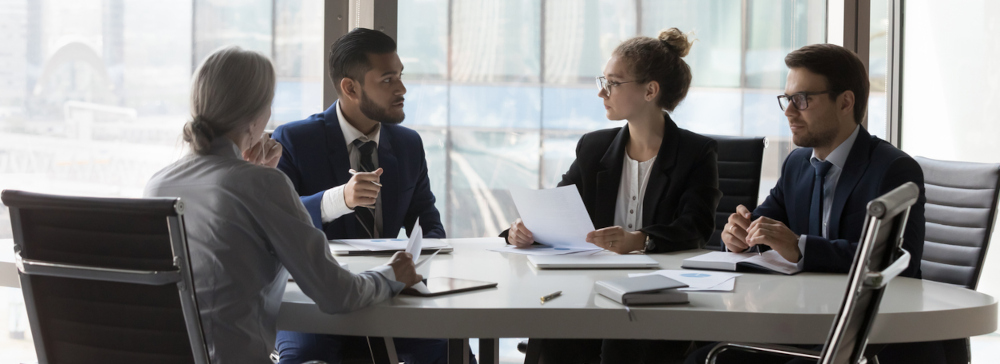
After a slip and fall accident, you might hear about a settlement offer from the property owner’s insurance company. Insurance companies are notorious for wanting to settle claims as quickly and cheaply as possible. It is their business model. Never agree to a settlement without first obtaining legal representation. Let a seasoned attorney negotiate with the insurance company. That is their field of expertise.
Trust a Los Angeles slip and fall lawyer at Salamati Law to negotiate with insurance companies to receive a fair settlement covering all your losses, including both economic and non-economic damages.
We have recovered more than $350 million for our clients.
What is a Slip and Fall Accident?
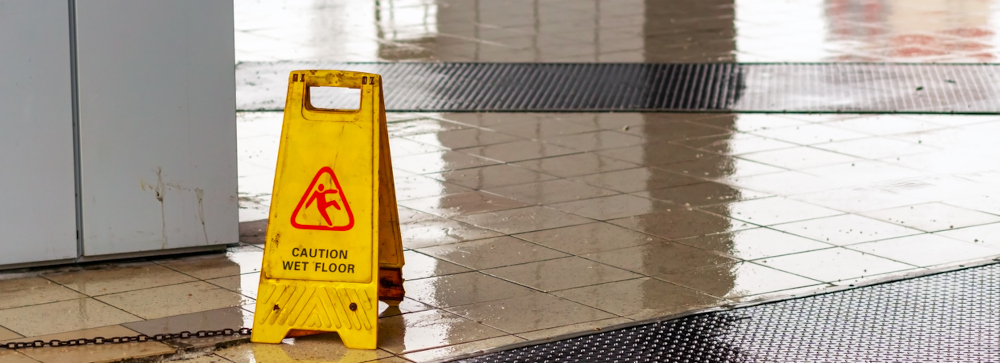
A slip and fall accident sometimes called a trip and fall, occurs when someone falls and hurts themselves on another party’s property. However, not every slip and fall accident meets the criteria for filing a personal injury lawsuit. To win, the plaintiff (victim) must prove their slip and fall resulted from negligence by the property owner or management. They must also show that the property owner owed a duty of care to visitors, customers, guests, and anyone legally entering the premises. Under some circumstances, even trespassers are owed a duty of care.
Further, the plaintiff has to establish that the property owner or manager (defendant) knew there was a hazardous condition but failed to remedy it. They must show that the defendant did not post signage or restrict access to the area to warn passersby that a dangerous condition existed. The plaintiff must also prove that the slip and fall caused their injuries and that they suffered losses for which they can be compensated.
A slip and fall accident attorney can thoroughly evaluate your claim to ascertain whether there is sufficient evidence to file a slip and fall lawsuit.
What Should I Do After a Slip and Fall?
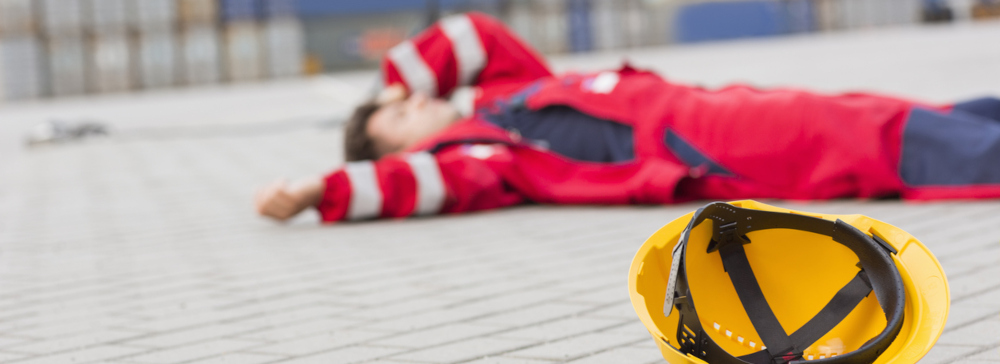
Solid documentation is the key to winning a slip and fall case. If physically able, take photos or videos of the accident site to identify the hazard that caused your accident. Many cases involve trip hazards such as debris on a walkway, electrical cords, or cables in high-traffic areas. These hazards can be removed in seconds, so photographic evidence is invaluable.
Obtain their names and contact information if there were eyewitnesses to your accident. Report the slip and fall to the property owner or manager right away. Some businesses may have forms for you to fill out when reporting the incident. Take a photo of the incident report after completion for your records.
Seek Prompt Medical Attention
Always seek prompt medical attention after a slip and fall accident. If you suffered a fracture or another serious injury, go to the emergency room. Even if you initially believe you were not severely injured, go to an urgent care for an examination. Failing to receive medical care after a slip and fall accident is detrimental to your health and to your personal injury lawsuit. Waiting too long allows the defendant’s insurance company to allege that your injury is not serious or was caused by something other than a slip and fall accident.
Consult with an Attorney
It is also critical to seek legal counsel after suffering a slip and fall as soon as possible. The statute of limitations for filing a personal injury lawsuit in California is generally two years from the accident date. However, waiting too long means that valuable evidence may vanish. If the injury occurred on any type of government property, such as the grounds of a public school or a U.S. post office, you have as little as six months to file a Government Tort Claim against the negligent party.
Our team of Los Angeles slip and fall accident attorneys can begin investigating your case right away. Along with reviewing medical reports, we will interview any eyewitnesses and collect evidence. Such evidence may include surveillance video footage of the accident, which the attorney may obtain by sending a spoliation letter to the property owner or manager. It requests that the property owner preserve any relevant evidence of the slip and fall. Should the property owner refuse to cooperate, you can file a lawsuit, and we can ask the court to issue a subpoena ordering that relevant evidence is retained.
Remember, surveillance video is often erased in 30 days or less, which is another reason to contact an attorney. We will identify all potential at-fault parties. In some cases, we may hire accident reconstruction experts to recreate the circumstances surrounding the slip and fall.
Types of Slip & Fall Accidents
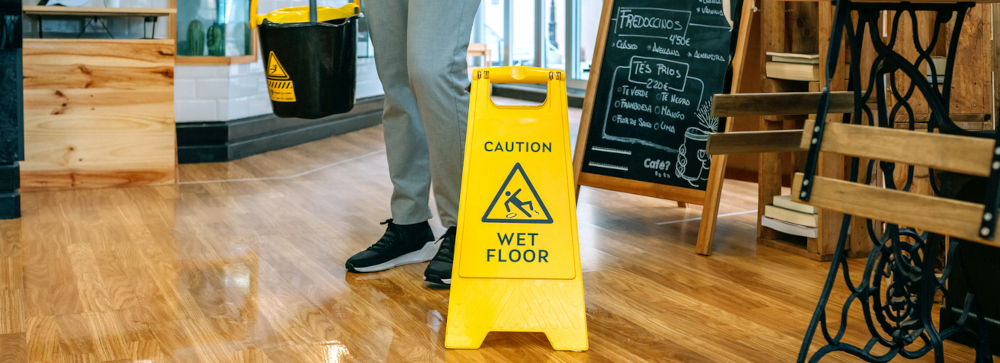
A slip and fall accident can happen anywhere, at any time. Where the accident occurs can also play a role in which entities may prove liable.
- Apartment buildings Landlords or property managers are responsible for keeping the common areas of an apartment building safe. These areas include the lobby, parking lots, hallways, stairwells, elevators, laundry rooms, and pool.
- Office buildings. Slip and fall accidents in offices often occur because debris is left in high-traffic areas such as the entrance and the lobby. Poor maintenance may result in torn carpeting, spilled liquids, dimly lit stairwells, pools of water, or other hazards.
- Retail stores. Restaurants and other retail stores are prime locations for slip and fall accidents. Any premises serving food and beverages will have regular spills, making floors wet and hazardous. Retail stores may have debris in aisleways or exposed electric cords or cables.
- Shopping malls. There are many potential hazards at a shopping mall. The attorney must identify which commercial entities are responsible for a slip and fall on these premises. Possible parties include the property owner, the property management company, or the maintenance and repair company.
- Grocery stores. Grocery stores and supermarkets are among the most common sites for slip and fall accidents. Floors are often wet from mopping or spillage, increasing the odds of an accident. If the store did not cordon off the area or post warning signs, you may have grounds for a slip and fall lawsuit.
- Parking lots. Another frequent setting for slip and fall accidents is parking lots. A lack of maintenance often means they may contain potholes, uneven or broken pavement, poor lighting, debris in walkways, and inadequate drainage, resulting in slick surfaces.
- Stadiums. The causes of slip and fall accidents occurring at stadiums range from spilled drinks to unmarked inclines to objects thrown and hitting attendees.
- Airports. While slip and fall accidents at airports have many of the same causes as accidents in other public venues, most Southern California airports are owned by municipalities or government authorities. For instance, LAX is operated by Los Angeles World Airports, a branch of the Los Angeles city government. John Wayne Airport is owned and operated by Orange County. The statute of limitations for filing a personal injury lawsuit against these public entities is generally six months, so time is of the essence.
- Amusement Parks. There is no shortage of amusement parks in Southern California. Millions of people visit attractions such as Disneyland, Universal Studios, SeaWorld, and Six Flags. These facilities may pose unique risks along with the usual slip and fall hazards. These include the operation of some rides and attractions and the necessity for crowd control.
- Hotels. Hotel and motel managers must ensure the rooms they rent are clean and safe. Pools, spas, shuttle buses, bars, and eateries are vulnerable to potential slip and fall hazards.
- Stairwells. Inadequate lighting, broken stairs, or missing handrails can make stairwells especially dangerous. Falls often result in flipping head over heels, resulting in serious injuries such as concussions and spinal cord injuries.
- Sidewalks. When dealing with sidewalk injuries, it is imperative to determine who owns the sidewalk and whether they are negligent. The city owns the majority of California sidewalks. That also means a much shorter statute of limitations for filing a personal injury lawsuit.
- Nursing homes. Negligence is common in nursing homes. Inadequate staffing can mean that residents slip and fall when moving about without supervision. Obstacles left in hallways, such as carts or food trays, create trip hazards, especially for a population with mobility limitations.
Common Slip and Fall Injuries
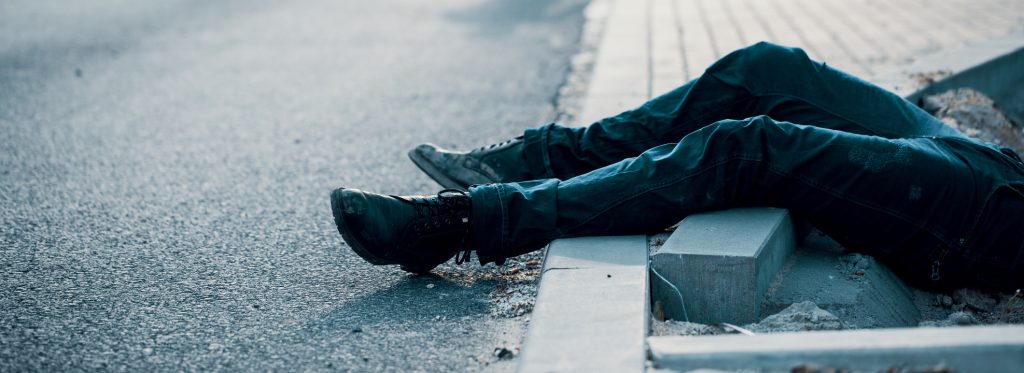
The most common slip and fall injuries include:
- Back and neck injuries
- Fractures
- Lacerations
- Nerve damage
- Soft tissue damage
- Spinal cord injury
- Traumatic brain injury (TBI)
Unfortunately, some slip and fall injuries, especially those involving TBIs, prove fatal. In California, certain surviving family members may file a wrongful death lawsuit against the defendant.
Who is Liable for a Slip and Fall Accident in California?
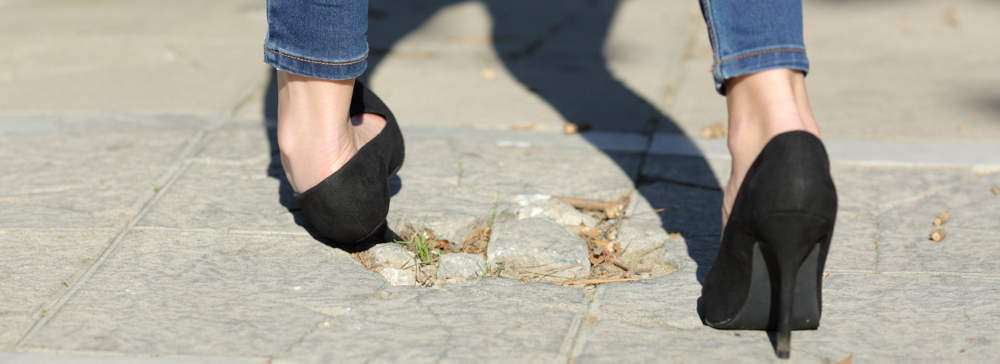
The defendant and their attorneys will likely argue that the accident victim is at least partly responsible for the slip and fall. They could allege that the plaintiff fell because they were wearing inappropriate footwear or paying more attention to their phone than their surroundings. Since California operates under a pure comparative negligence standard for determining liability, it is possible to receive compensation even if you are partly responsible for your injuries.
Under a pure comparative negligence doctrine, you can receive a damages award even if you were more than 50 percent responsible for your injuries. However, the amount is reduced by the percentage of your fault determined by a judge or jury. For instance, if you are found to be 40 percent at fault for the accident because you were engrossed in your phone at the time, an award of $100,000 is reduced to $60,000.
How Can I Prove Negligence in a Slip and Fall Accident?
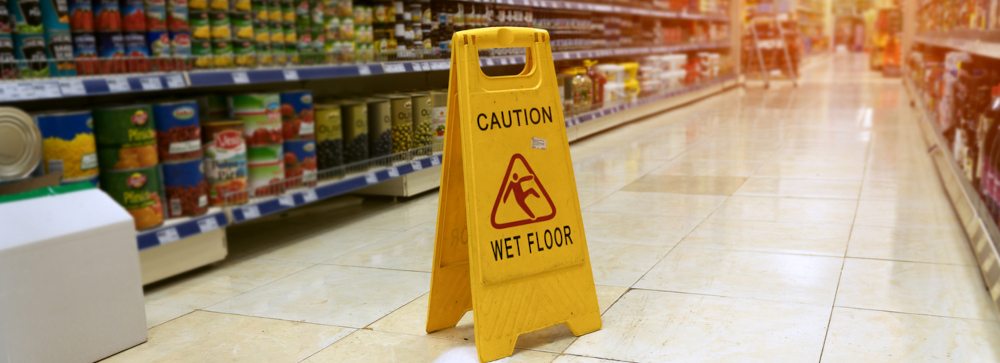
Proving negligence in a slip and fall case requires evidence. Here are some frequently asked questions concerning negligence in a slip and fall accident:
Can a building code violation become evidence in a slip and fall case?
Yes, a violation of either state or local building codes can help prove negligence on the part of the property owner. These codes provide minimum safety standards for construction and maintenance. A violation may increase the risk of injury.
Why is video surveillance footage so crucial in proving negligence?
Obtaining video surveillance footage in a slip and fall claim is not always possible. However, if such footage exists, it is one of the best ways of establishing negligence. The defendant may have their own version of events that differs significantly from the plaintiff’s, but seeing is believing. Video footage can also reveal if the property owner fixed a hazard after the fall. For example, you might have tripped on a broken stair. The owner could quickly fix it and allege it was not broken at the time of your fall. The video proves otherwise.
How Much is a Los Angeles Slip and Fall Case Worth?
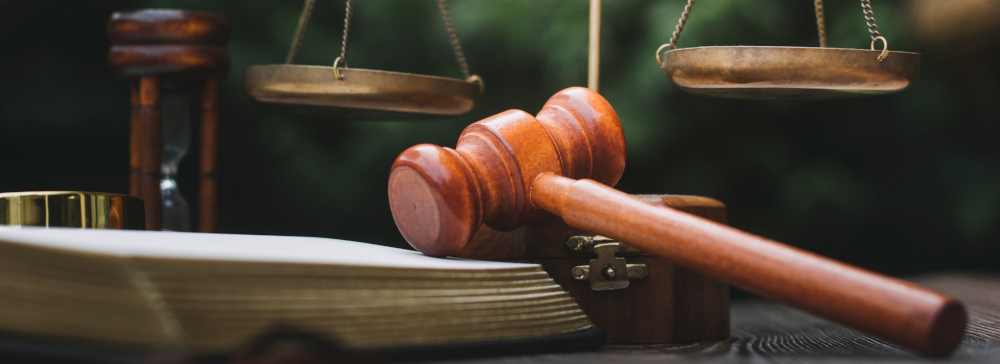
The amount of damages an accident victim may receive in a Los Angeles slip and fall case depends on various factors. No two cases are the same. The severity of the injuries is the foremost consideration. Other factors include the victim’s age, occupation, general health prior to the accident, and how the injury impacted their quality of life. If they can no longer work due to their injuries, that is also considered during settlement negotiations.
Damages, or compensation, in a slip and fall case may include:
- Medical expenses, current and future
- Lost wages
- Loss of future earnings
- Property damage
- Pain and suffering
You can also receive out-of-pocket expenses related to the accident, such as transportation to and from doctor’s offices or physical therapy. Keep an accurate record of all costs connected to your accident.
Sean Salamati Fights, You Win
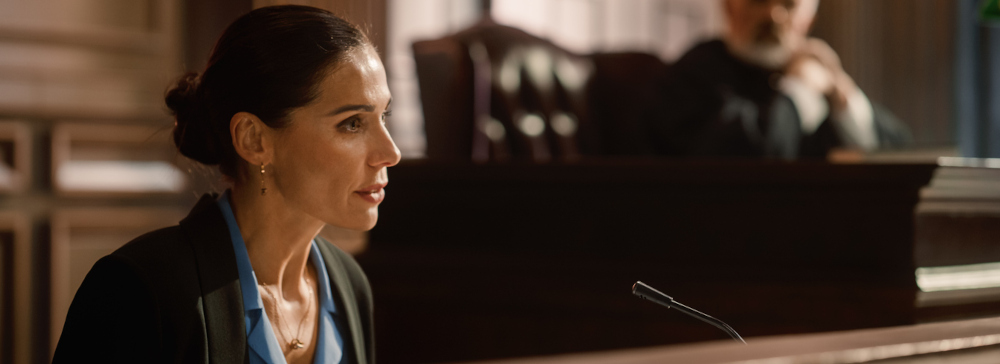
If you have sustained serious slip and fall injuries due to a property owner’s negligence, you need the services of an experienced Los Angeles slip and fall lawyer. For more than 28 years, Sean Salamati has protected the rights of his clients and fought so that they received the maximum compensation for their injuries. Schedule a free, no-obligation consultation today.
Because we work on a contingency basis, you pay no fee unless you receive compensation. While most slip and fall cases are resolved in settlement negotiations, we will take your case to court if necessary. Our team will ensure you are prepared.
We accept cases across Los Angeles and much of Southern California, including Carson, Downey, El Monte, Inglewood, Long Beach, Norwalk, South Gate, and West Covina.
Additional Resources:
- Justia, Judicial Council of California Civil Jury Instructions (2020 edition) CACI No. 1001. Basic Duty of Care, https://www.justia.com/trials-litigation/docs/caci/1000/1001/
